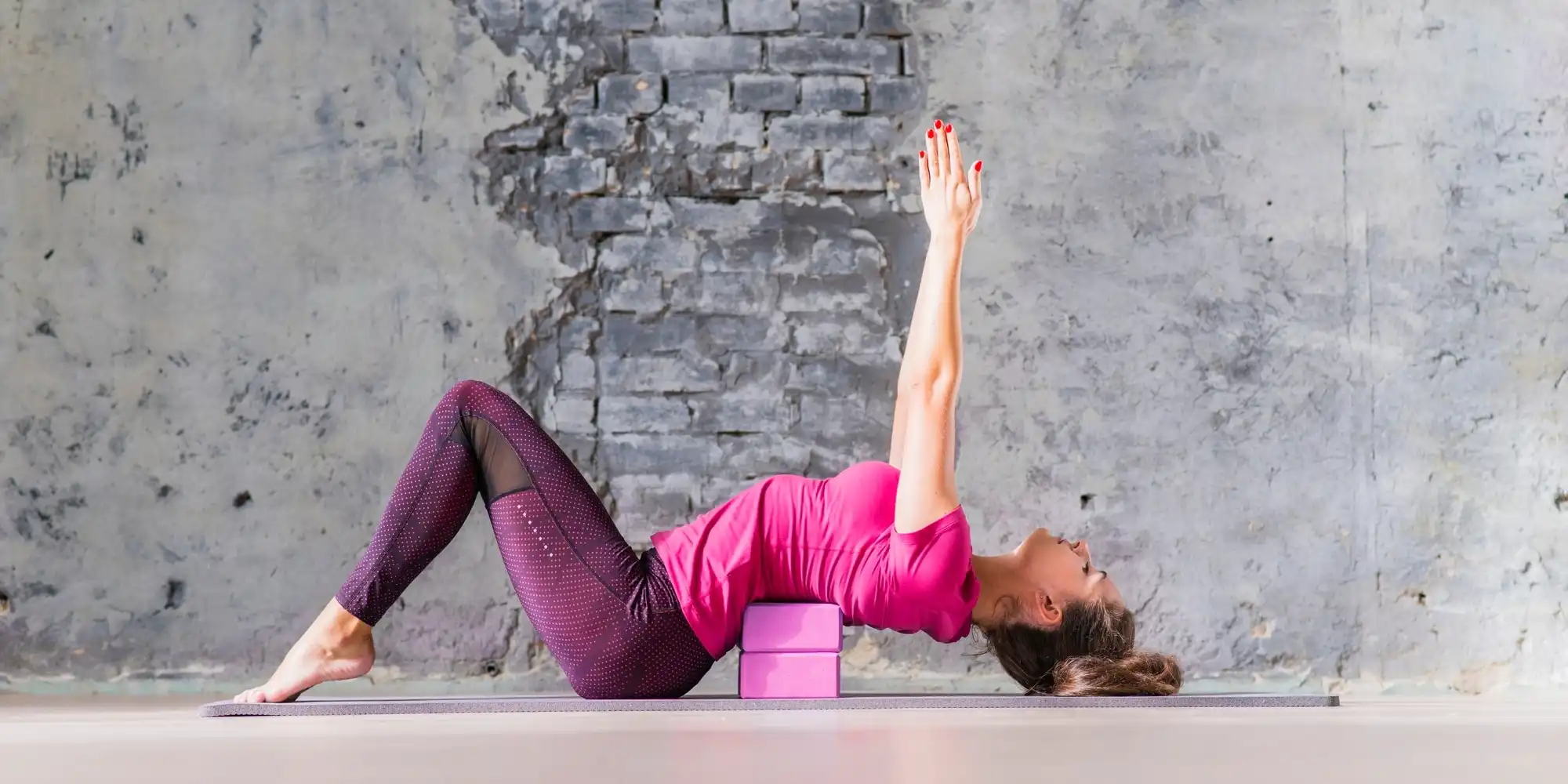Yoga has long been celebrated for its holistic approach to health and well-being, offering a unique combination of physical, mental, and spiritual benefits. While traditional yoga poses are effective in their own right, incorporating props like yoga blocks can take your practice to new heights.
The Power of Yoga Blocks
Yoga blocks are versatile tools that provide support, stability, and alignment in various poses. They are especially beneficial for beginners or individuals with limited flexibility. By incorporating yoga blocks into your routine, you can deepen your stretches, improve your posture, and engage muscles that may otherwise remain underutilized.
1. Elevated Warrior II Pose
Thesis: Elevating Warrior II with yoga blocks intensifies the pose, targeting specific muscle groups and enhancing overall strength.
- Pose: Warrior II
- How-to:
- Place a yoga block under each hand while in the Warrior II stance.
- Ensure your front knee is directly above the ankle, and the back leg is straight.
- Engage your core and feel the heightened stretch in your side body.
Benefits: Strengthens quadriceps, engages core muscles, and improves balance.
2. Bridge Pose with Block Support
Thesis: Incorporating yoga blocks into the Bridge Pose adds an extra challenge, targeting the glutes and improving stability.
- Pose: Bridge Pose
- How-to:
- Lie on your back with a yoga block between your thighs.
- Press through your feet and lift your hips, squeezing the block.
- Hold for a few breaths, focusing on the engagement in your glutes.
Benefits: Tones the glutes, strengthens the lower back, and enhances hip flexibility.
3. Supported Pigeon Pose
Thesis: Using yoga blocks to support Pigeon Pose allows for a deeper stretch, targeting the hip flexors and promoting flexibility.
- Pose: Pigeon Pose
- How-to:
- Place a block under your hip in Pigeon Pose.
- Gradually lower your chest towards the floor, maintaining support from the block.
- Breathe deeply and feel the stretch in your hip flexors.
Benefits: Opens the hips, stretches the thighs, and improves overall hip flexibility.
4. Extended Triangle Pose with Blocks
Thesis: Extending Triangle Pose with the aid of yoga blocks enhances the stretch, providing a full-body workout and improving balance.
- Pose: Extended Triangle Pose
- How-to:
- Hold a yoga block in your front hand as you reach down in Extended Triangle Pose.
- Keep the block on the outer side of the front foot, maintaining a straight line.
- Feel the stretch in your hamstrings and sides.
Benefits: Strengthens legs and core, improves spine flexibility, and enhances balance.
5. Seated Forward Bend with Blocks
Thesis: Incorporating yoga blocks into the Seated Forward Bend allows for a gradual progression, aiding in flexibility and spine alignment.
- Pose: Seated Forward Bend
- How-to:
- Sit with your legs extended and a yoga block placed in front of you.
- Hinge at the hips and reach for the block, allowing a comfortable stretch.
- Maintain a straight spine and breathe deeply into the stretch.
Benefits: Stretches the spine, hamstrings, and calves, promoting flexibility and relaxation.
Elevate your yoga practice by embracing the power of yoga blocks. These simple yet effective exercises not only enhance your strength and stability but also deepen your connection with each pose. Whether you’re a seasoned yogi or a beginner, incorporating yoga blocks into your routine will undoubtedly take your practice to new heights, promoting overall well-being and mindfulness. Embrace the support, feel the stretch, and transform your yoga experience. Namaste.
Frequently Asked Questions (FAQ)
1. Why should I use yoga blocks in my practice?
Yoga blocks provide support, stability, and help in maintaining proper alignment during poses. They are especially beneficial for beginners and can enhance flexibility and strength.
2. Can beginners use yoga blocks?
Absolutely! Yoga blocks are excellent for beginners, offering support and assistance in achieving proper form. They make poses more accessible while promoting gradual improvement.
3. How do I choose the right yoga block?
Consider the material, size, and density of the block. Cork and foam blocks are popular choices, and selecting a size that suits your needs ensures effective support.
4. Can yoga blocks be used for advanced poses?
Yes, yoga blocks can be used to intensify advanced poses by providing additional challenges and aiding in achieving optimal alignment.
5. Are there specific exercises for yoga blocks?
Yes, this article outlines various yoga block exercises that target different muscle groups and enhance overall strength and stability.
